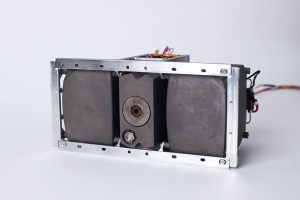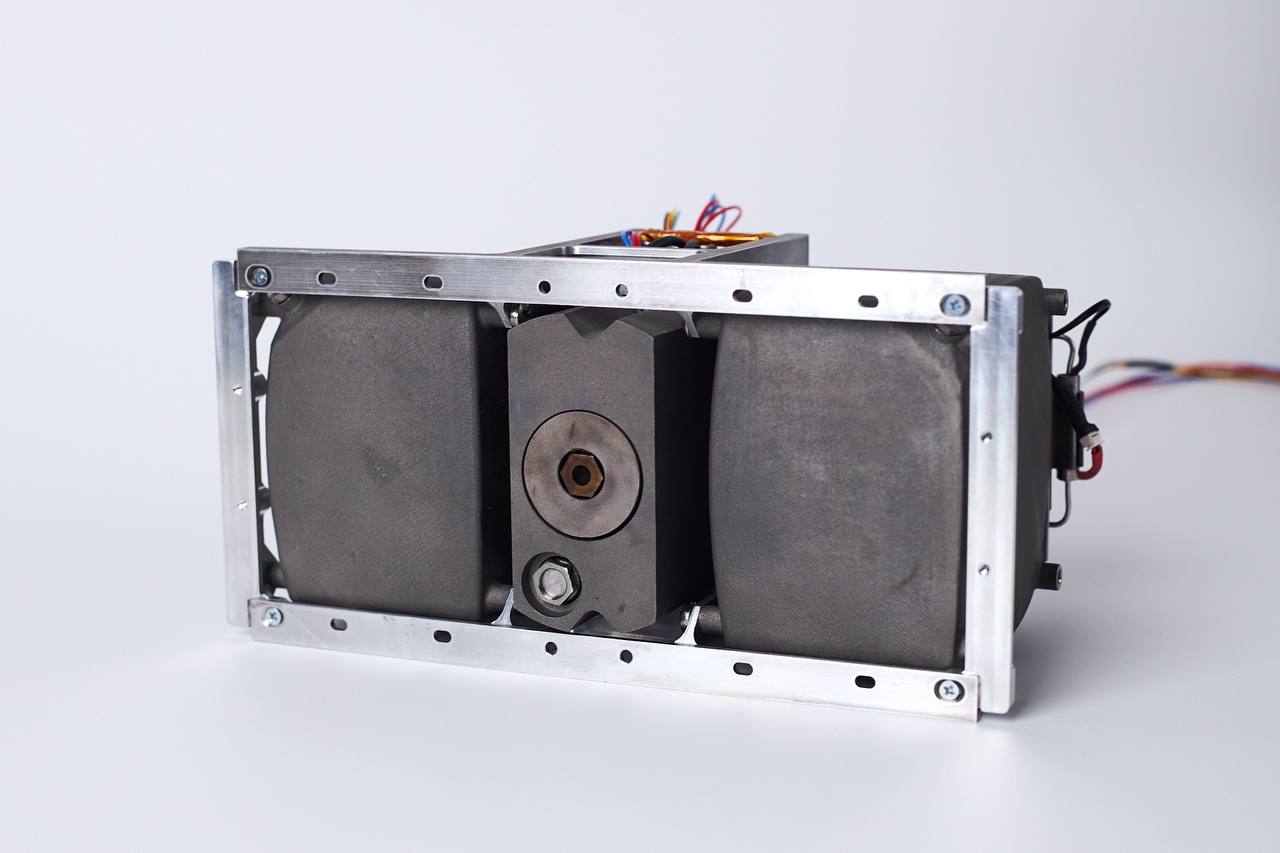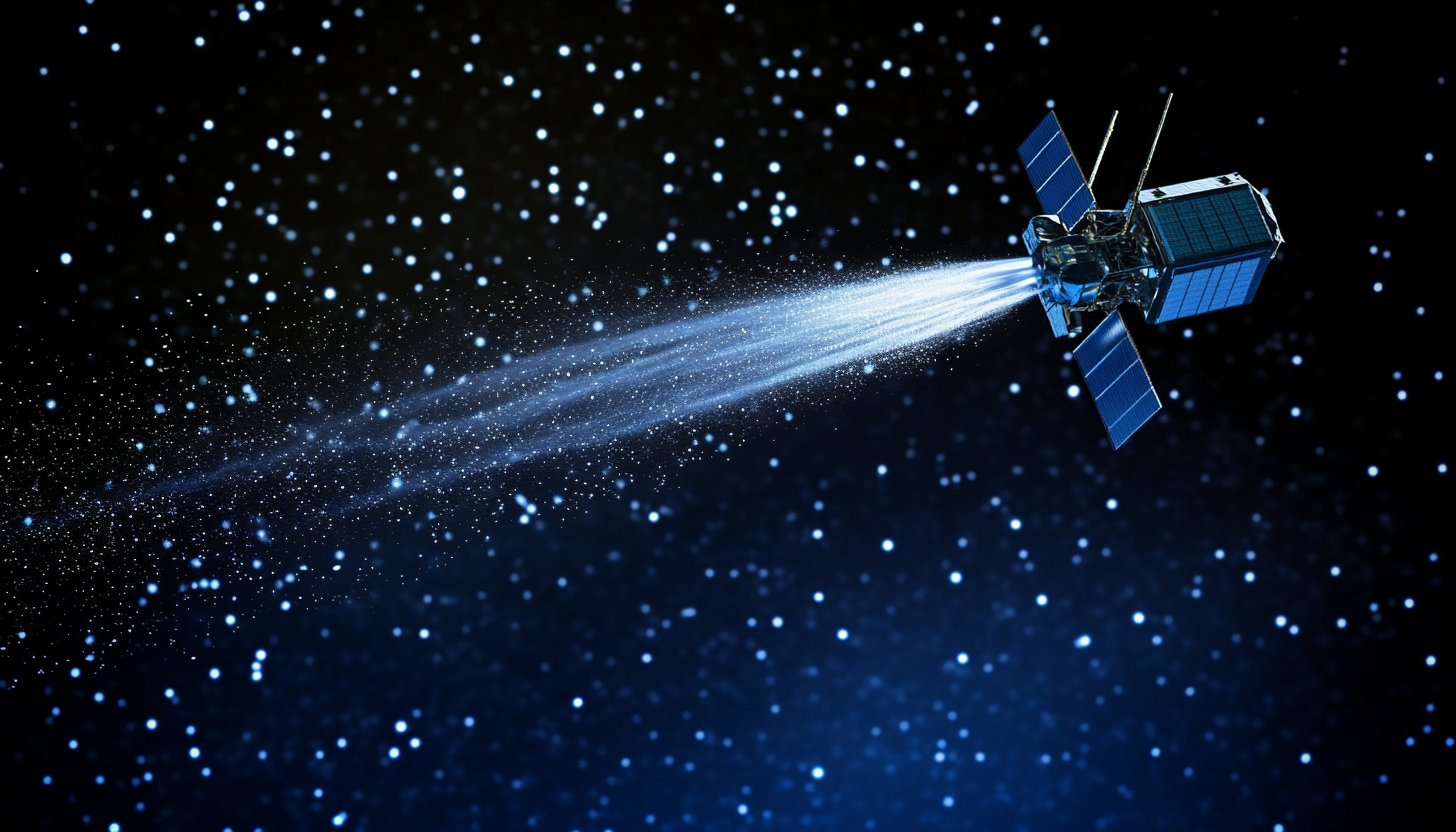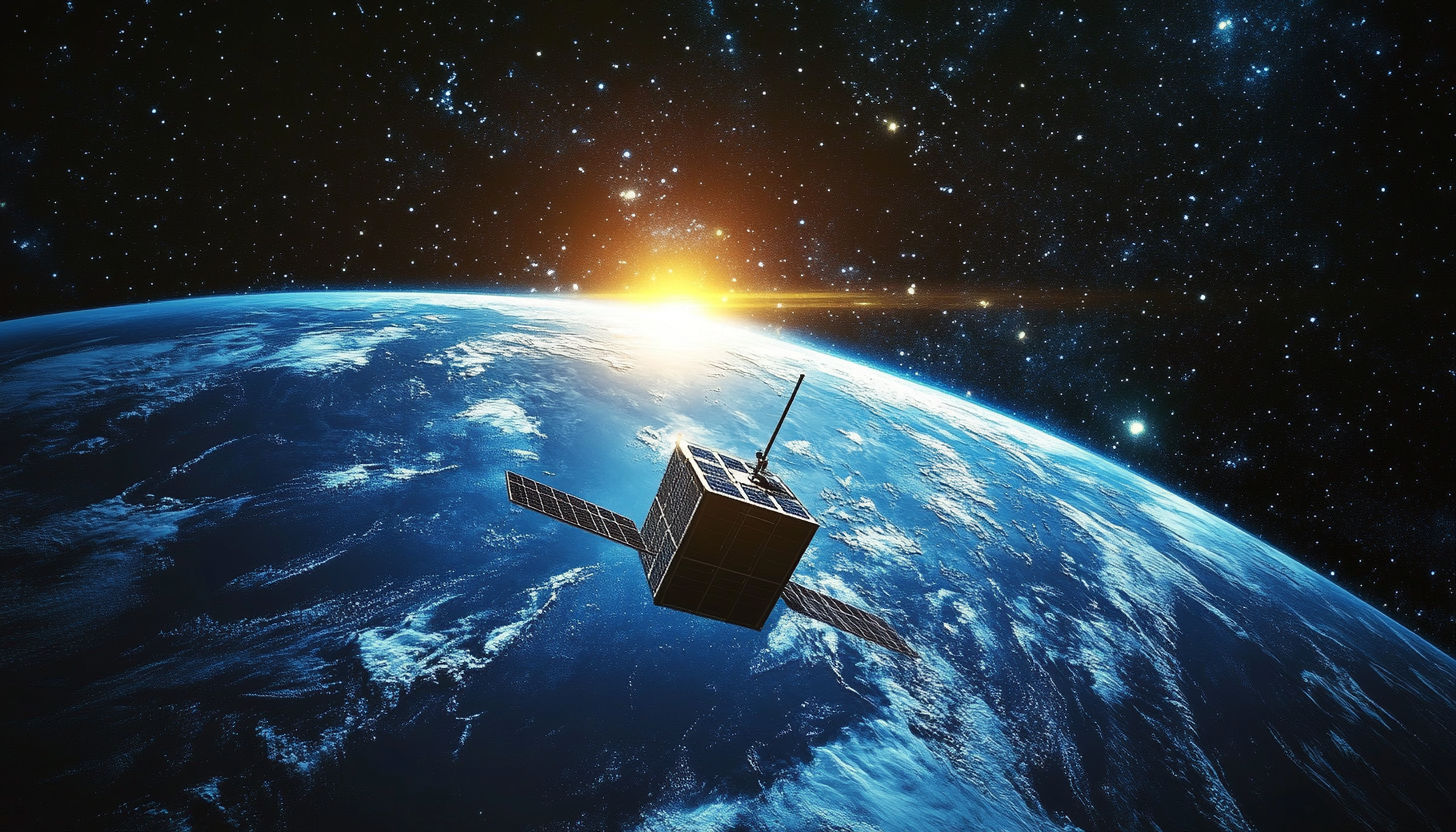Innovation is not only about creating new ideas and technologies, but about rethinking and reimagining the current ones. Today we are challenging traditional approaches to space propulsion in order to improve their relevance and usability.
Breakthrough Technology
Dependability, accuracy, and effectiveness are the three essential principles that underpin any revolutionary technology. They guarantee that the most daring designs can be implemented and have a meaningful impact in reality. At SteamJet, we engineer solutions that perform exceptionally well in real-life scenarios. Our space propulsion systems are created to be effective, long-lasting, and improve thrust efficiency.
Water Propulsion Is the Key to Sustainability
We harness the power of steam to transform the space propulsion industry. Our steam generation technology presents an eco-friendly, secure, and sustainable solution for navigating CubeSats and Small Satellites in space. It offers a clean substitute for traditional space propulsion systems, achieving an ideal balance of outstanding performance and environmental accountability.
Low-pressure water as a propellant minimizes the impact on space, simplifies operation and provides safety. On top of that, our thrusters are easily integrated into any satellite. SteamJet thrusters represent a significant breakthrough in CubeSat technology and provide the reliability needed for a range of space missions.
Moving Forward
As the space sector advances, our methods for space propulsion also progress. We reevaluate existing technologies to open up new possibilities for space missions. We believe that the future is not about moving faster, but about working smarter.
 For us, innovation isn’t just a concept. We believe that genuine innovation arises from addressing real-world challenges. Our commitment to innovative and provide progressive solutions drives us to continually expand the boundaries of space exploration and aid in the advancement of the industry.
For us, innovation isn’t just a concept. We believe that genuine innovation arises from addressing real-world challenges. Our commitment to innovative and provide progressive solutions drives us to continually expand the boundaries of space exploration and aid in the advancement of the industry.
Our product lineup features Steam Thruster One, a flight-qualified space propulsion system that is intended for CubeSats and Small Satellites, along with Steam Tunacan Thruster, which is specifically created for CubeSats.
SteamJet engineered reliable and efficient space thrusters with optimal performance. Their simple design allows for customization to meet various mission requirements and does not cause any RF or magnetic interference.
More technical information regarding the thrusters is available on our website. This includes specifications, performance data, and recent test results. Steam TunaCan Thruster and Steam Thruster One. Discover how SteamJet innovations are shaping the future of sustainable satellite propulsion.




